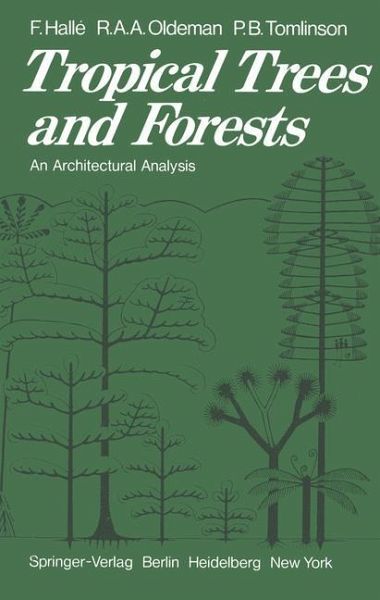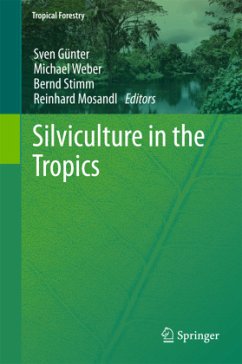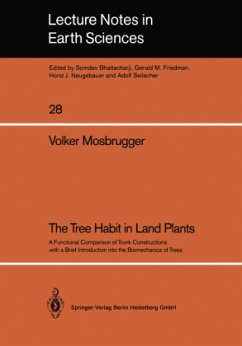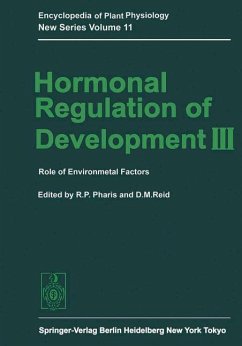
Tropical Trees and Forests
An Architectural Analysis
Versandkostenfrei!
Versandfertig in 1-2 Wochen
138,99 €
inkl. MwSt.

PAYBACK Punkte
69 °P sammeln!
This book is not an exhaustive survey of known information in the manner of a text-book -the subject is much too big for this to be possible in a relatively concise volume but presents a point of view. We are concerned ultimately with the analysis of tropical ecosystems, mainly forests, in terms of their constituent units, the individual trees. Many different approaches are possible in the analysis of tropical forests. A simple one is to treat the trees as obstacles which in a military sense intercept projectiles or are a hin drance to foot soldiers (ADDOR et aI., 1970). A similar ap proach mi...
This book is not an exhaustive survey of known information in the manner of a text-book -the subject is much too big for this to be possible in a relatively concise volume but presents a point of view. We are concerned ultimately with the analysis of tropical ecosystems, mainly forests, in terms of their constituent units, the individual trees. Many different approaches are possible in the analysis of tropical forests. A simple one is to treat the trees as obstacles which in a military sense intercept projectiles or are a hin drance to foot soldiers (ADDOR et aI., 1970). A similar ap proach might be adopted by an engineer confronted by a forest which has to be removed to permit road construc tion. The timber merchant is concerned with the ability of a forest to yield saleable lumber. The interest here is in the size of the larger trunks with some concern for the kinds of trees. At a less destructive level the scientist aims to compre hend the forest from many different points of view. The forester himself, in conjunction with the taxonomist, will wish to analyze the floristic composition of the forest and perhaps account for species diversity in an evolutionary time scale (e.g., FEDOROV, 1966; ASHTON, 1969). The evolu tionary biologist in his turn may be concerned with repro ductive strategies in forest trees (e.g., BAWA, 1974), espe cially in a comparative way.














